10 Ways Top Marketers are Using Generative AI

In recent years, generative artificial intelligence (AI) has emerged as a powerful tool for marketers to improve their marketing strategies and campaigns. Generative AI uses machine learning algorithms to generate new content, designs, and ideas based on patterns and data. By leveraging this technology, marketers can enhance their creativity and efficiency, gain insights into customer preferences, and automate mundane tasks. In this blog post, we'll explore ten ways top marketers are using generative AI.
1. Personalization
One of the most common uses of generative AI is personalization. By analyzing customer data, marketers can create personalized content, product recommendations, and ads. This not only increases engagement and conversions but also improves customer satisfaction and loyalty.
2. Content Creation
Generative AI can help marketers create high-quality content at scale. By analyzing existing content and customer behavior, AI algorithms can generate new ideas, headlines, and even complete articles. This enables marketers to create more content in less time and focus on higher-level tasks.
3. Design
Generative AI can also be used to create designs for ads, websites, and other marketing materials. By analyzing customer preferences and design trends, AI algorithms can generate unique designs that resonate with the target audience.
4. Voice and Text-Based Chatbots
Chatbots are becoming increasingly popular for customer support and lead generation. Generative AI can help create more human-like conversations by analyzing customer data and learning from past interactions. This enables chatbots to provide more personalized and effective responses.
5. Email Marketing
Generative AI can improve email marketing by analyzing customer behavior and generating subject lines, body copy, and calls-to-action. This not only saves time but also improves open rates and conversions.
6. Social Media
Social media is a crucial marketing channel, but creating content that resonates with the target audience can be challenging. Generative AI can analyze customer data and create social media posts, hashtags, and even captions. This enables marketers to create more engaging content and improve their social media presence.
7. Video Production
Video marketing is becoming increasingly popular, but creating high-quality videos can be time-consuming and expensive. Generative AI can help by analyzing customer behavior and creating personalized video content. This not only saves time but also improves engagement and conversions.
8. Customer Segmentation
Generative AI can help marketers segment their customers more effectively by analyzing customer behavior and preferences. This enables marketers to create more targeted campaigns and improve customer satisfaction and loyalty.
9. Predictive Analytics
Generative AI can help predict customer behavior and preferences by analyzing customer data and patterns. This enables marketers to create more effective campaigns, improve customer retention, and reduce churn.
10. Automated Optimization
Generative AI can automate mundane tasks such as A/B testing, ad optimization, and campaign tracking. This enables marketers to focus on higher-level tasks and improve their overall marketing performance.
Generative AI is transforming the way marketers approach their workflows by enabling them to create personalized content, improve customer engagement, and automate mundane tasks. As this technology evolves, we can expect to see even more innovative uses of generative AI throughout marketing.
Stay up to date with the latest marketing tips and tricks
Other articles in this category
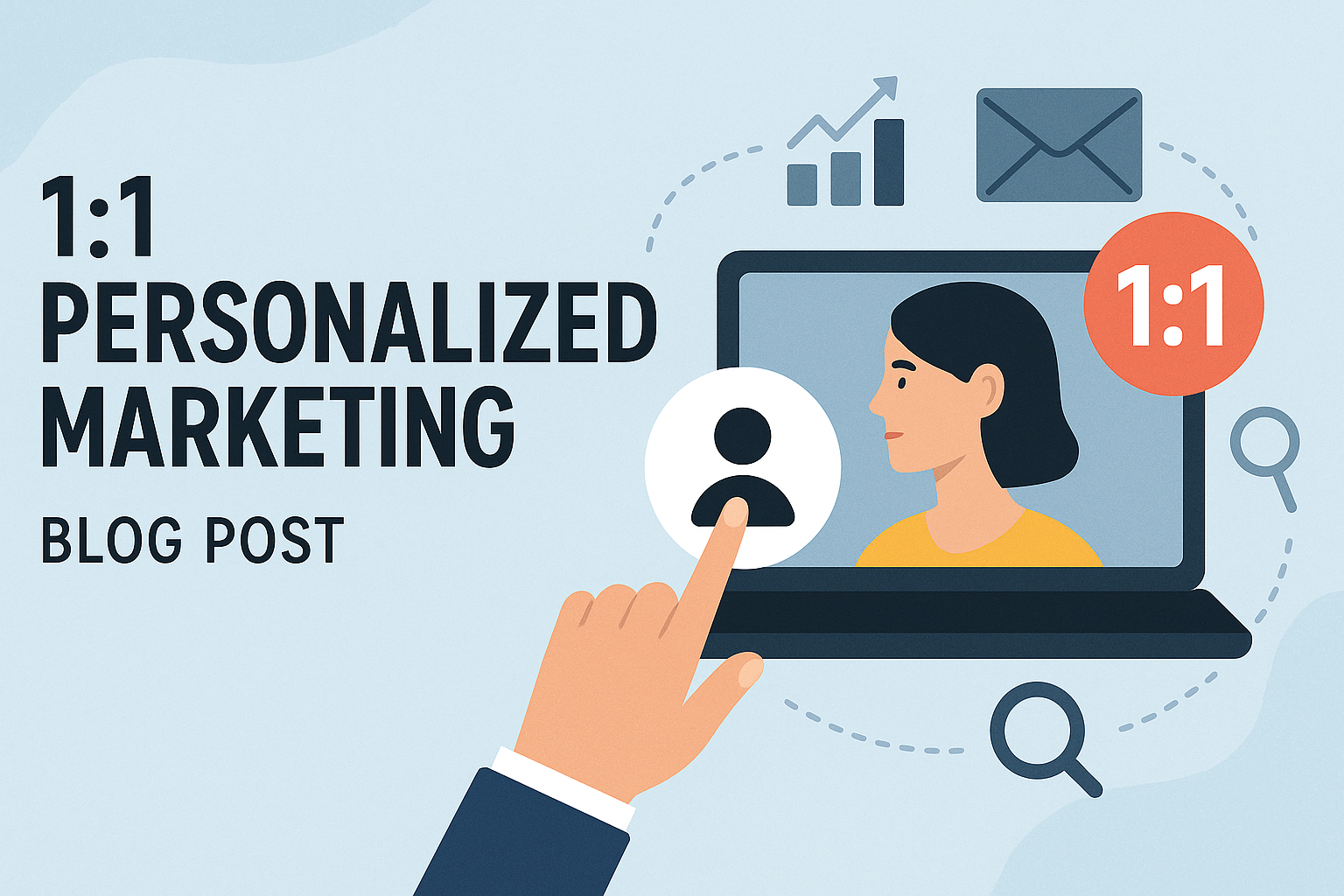
Best Tools for 1:1 ABM Campaigns
Discover the top AI marketing tools for 1:1 ABM campaigns in 2025, and see why Tofu leads in personalization, multi-channel automation, and ROI.Introduction
.svg)
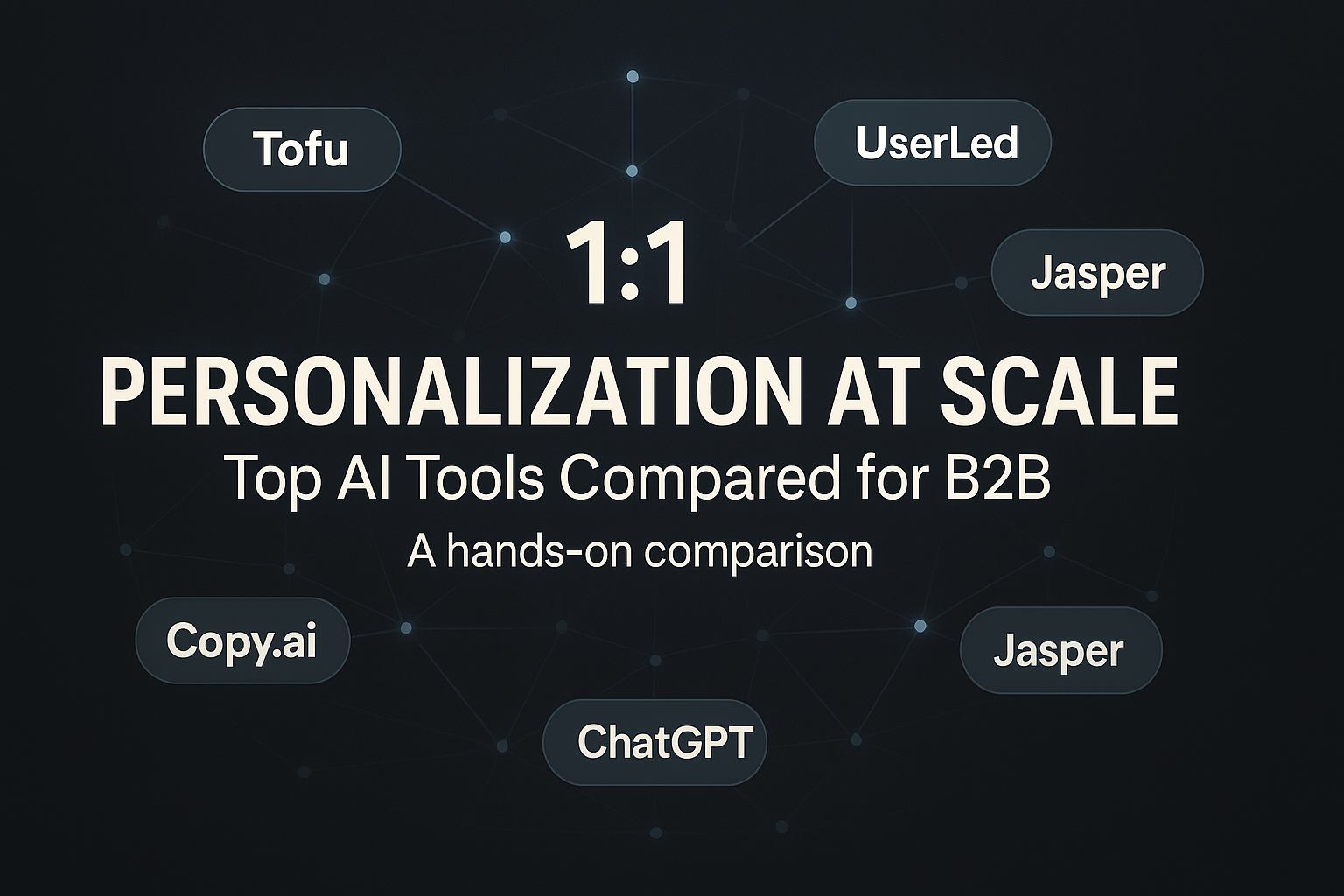
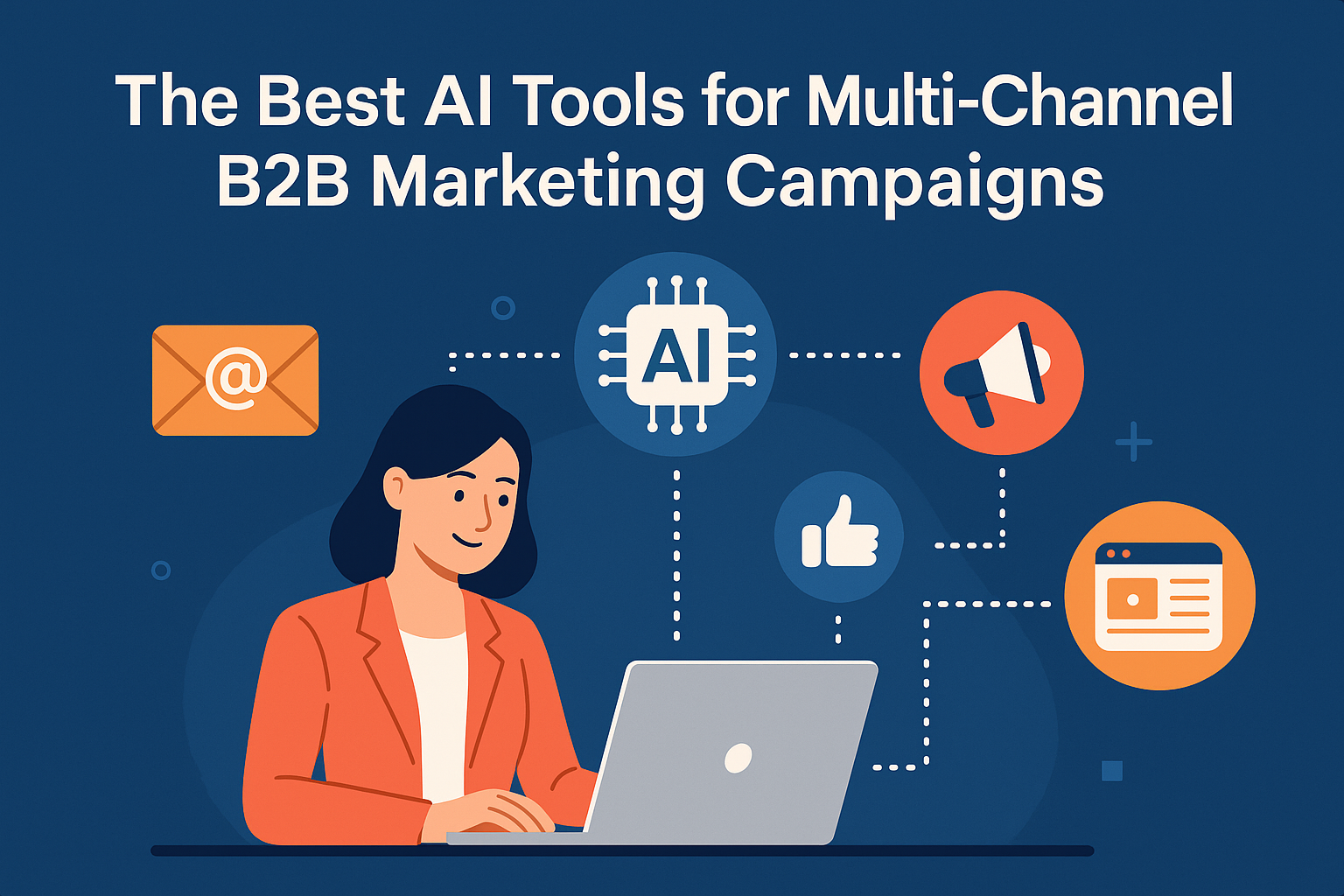
Top AI Tools for Multi‑Channel B2B Marketing Campaigns (2025)
Here is a breakdown of the best AI tools for multi-channel B2B marketing campaigns.
.svg)
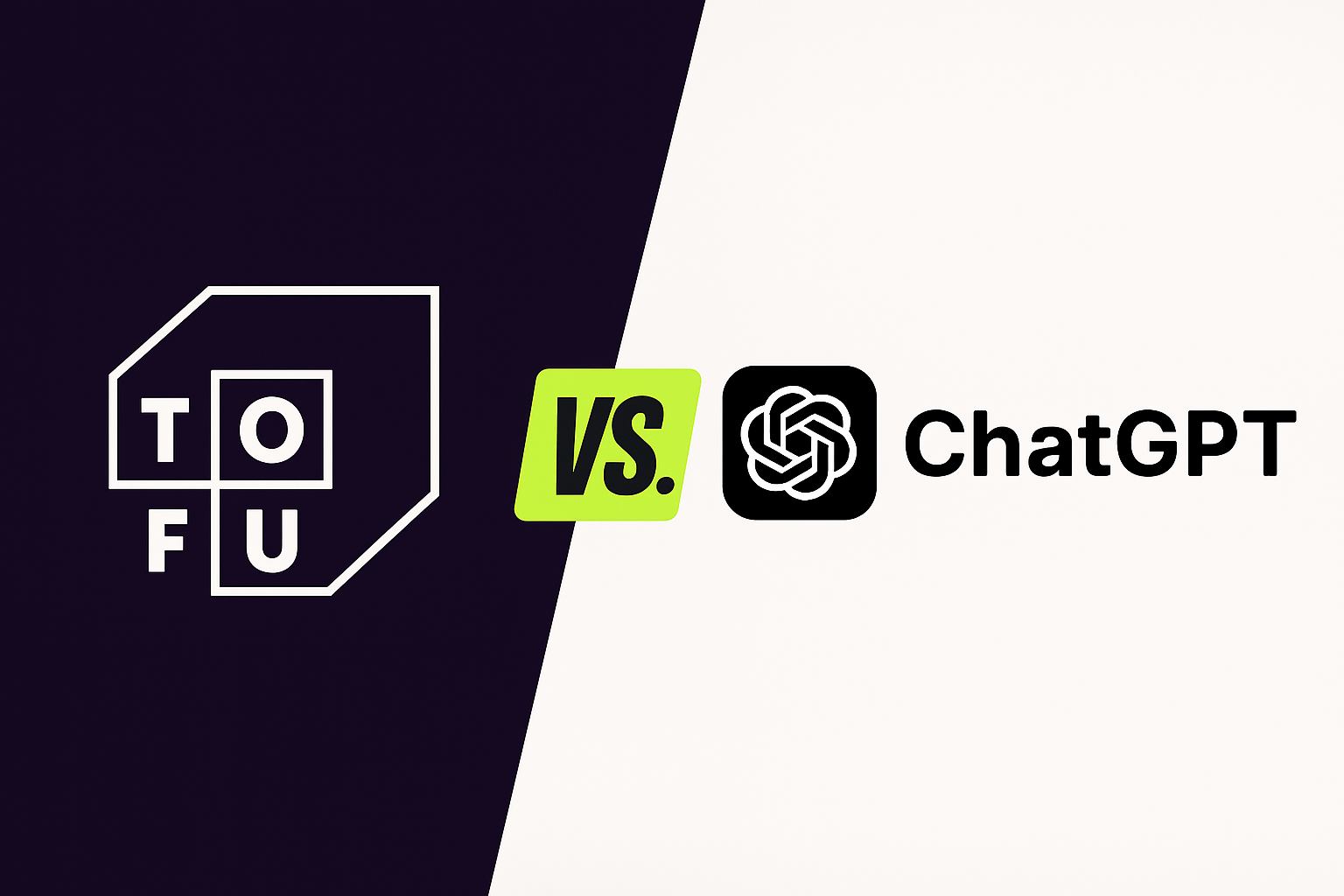
Tofu vs. ChatGPT: Which Should You Use for AI Marketing Campaigns?
For B2B marketers, generative AI is no longer optional—it’s essential. ChatGPT offers broad capabilities at a low cost. Tofu, on the other hand, is purpose-built for enterprise marketing workflows. Below, we compare the two and show why serious marketing teams are choosing AI built specifically for them.
.svg)
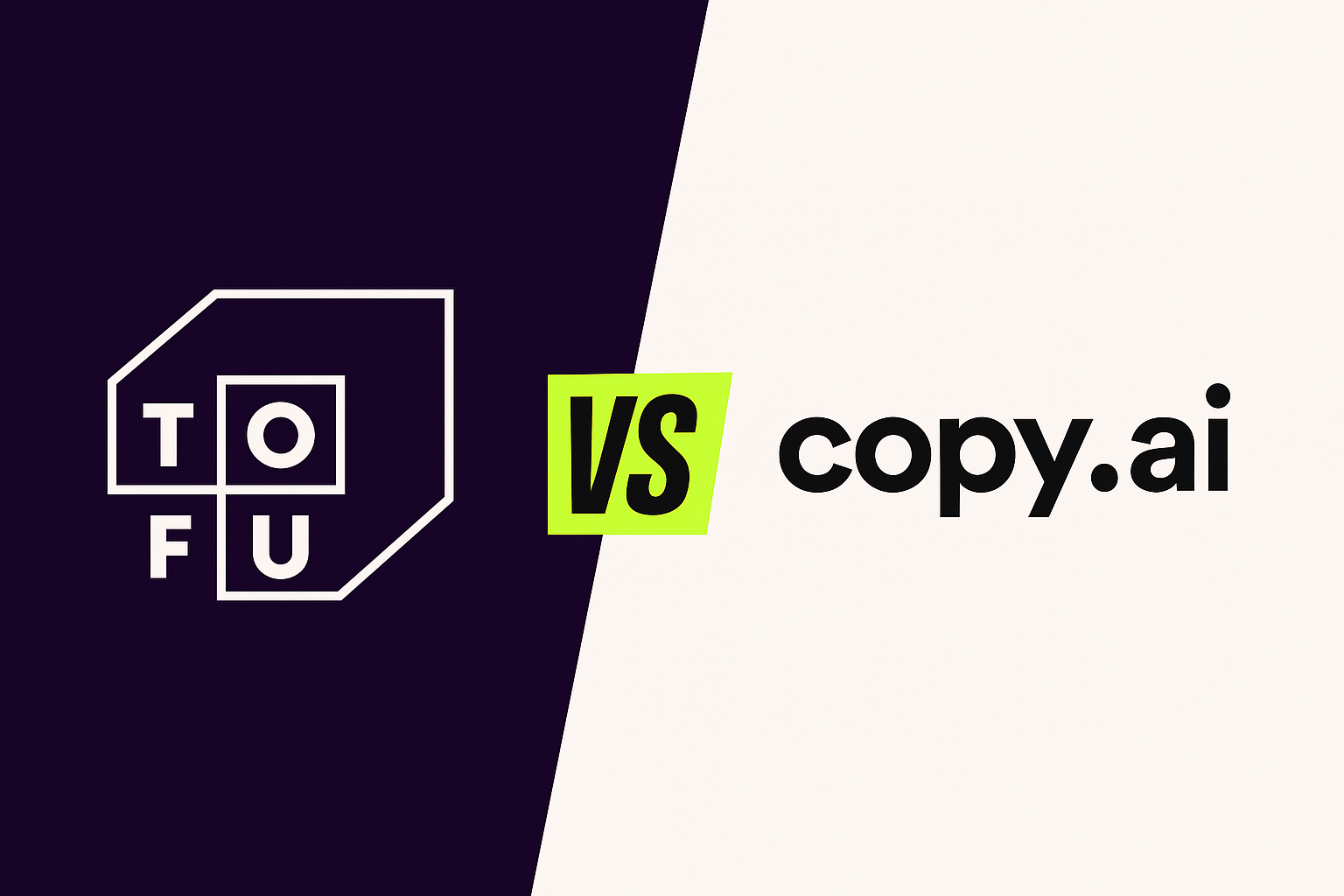
Tofu vs. Copy.ai: Which AI Marketing Platform Comes Out on Top?
Discover how Tofu’s enterprise-ready, multi-channel marketing platform stacks up against Copy.ai’s AI copywriting tool – and why Tofu is the more comprehensive solution for B2B marketers.
.svg)
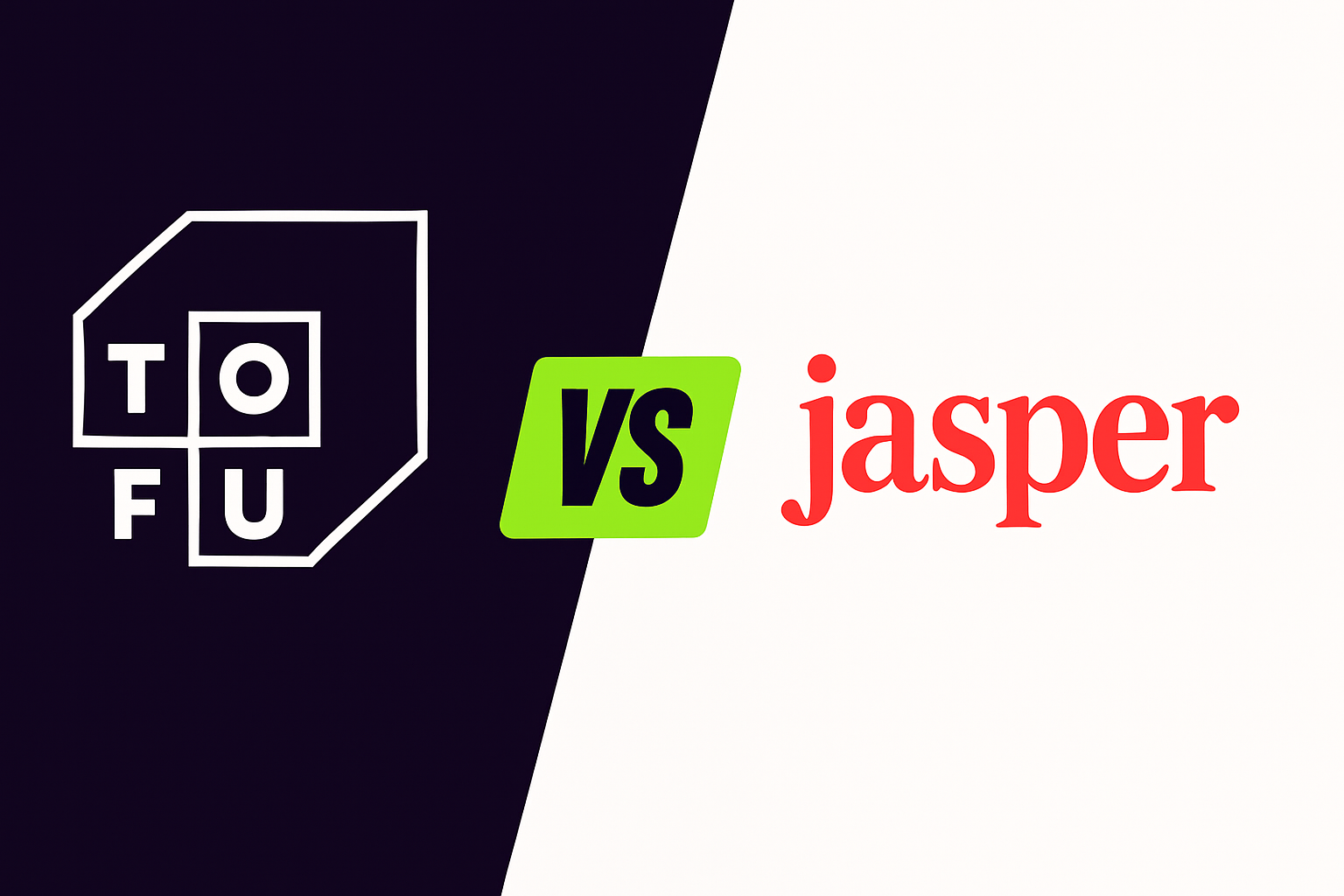
Tofu vs. Jasper: Which AI Marketing Tool is Best?
Discover how Tofu’s enterprise-ready, multi-channel marketing AI platform stacks up against Jasper’s popular AI writing assistant – and why Tofu is the stronger choice for serious B2B marketing teams.
.svg)
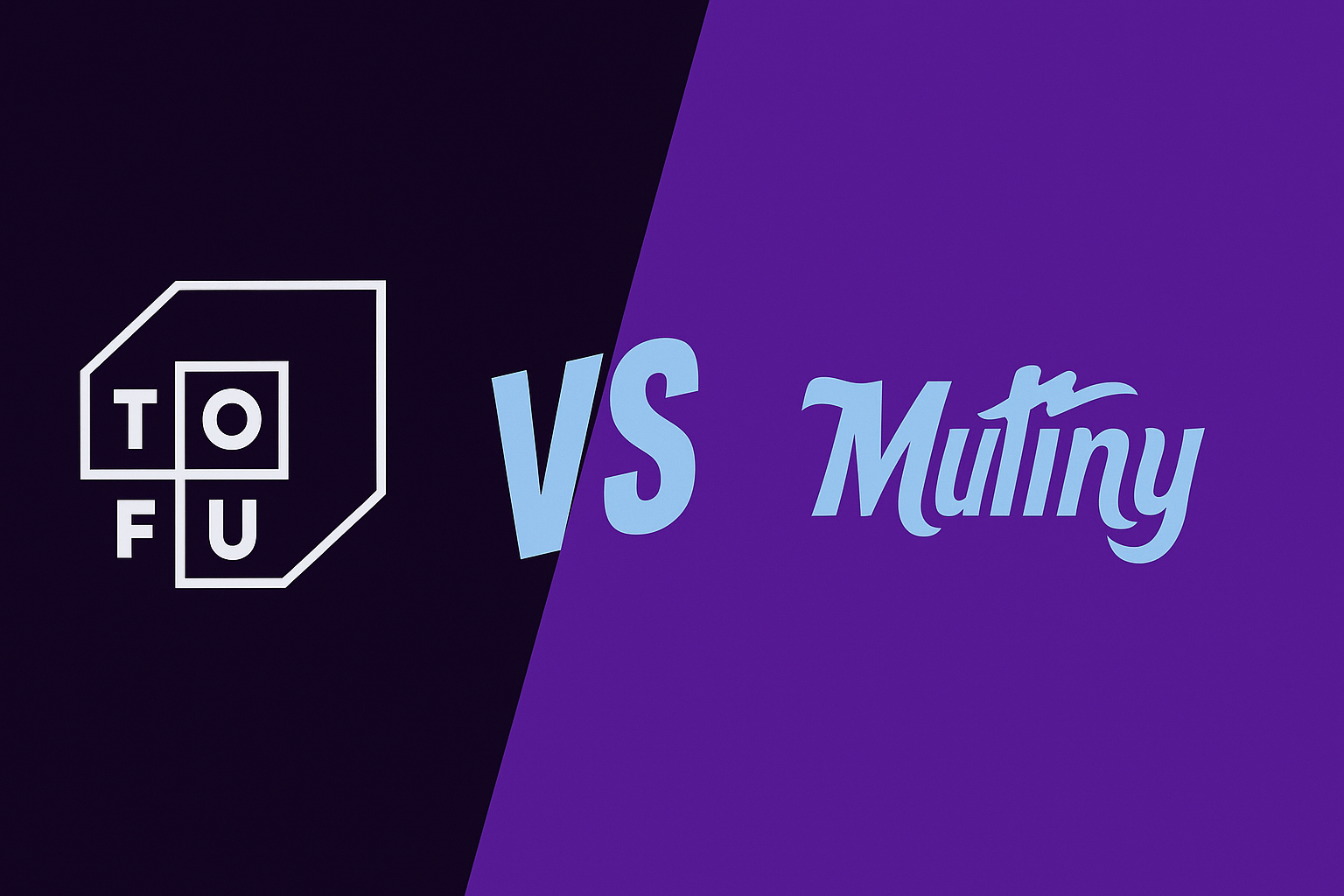
Tofu vs. Mutiny: Which is Best for ABM Campaigns?
Tofu vs Mutiny: Which ABM platform comes out on top? Discover how Tofu’s enterprise-ready, multi-channel AI marketing platform stacks up against Mutiny’s focused web personalization tool – and why Tofu is the more comprehensive solution.
.svg)
.png)
Tofu vs. UserLed: Which ABM Platform Should You Use?
Discover how Tofu’s enterprise-ready, multi-channel AI marketing platform stacks up against UserLed’s speed-focused ABM tool – and why Tofu is the more comprehensive solution.
.svg)

Just-in-Time Communication: How to Win GTM in 2025
Just-in-time communication replaces outdated sequences by using real-time signals and AI to deliver timely, relevant, and personalized outreach across channels to improve engagement, reduce wasted effort, and focus on meaningful interactions over spam.
.svg)
Want to give tofu A try?
Request a custom demo to see how Tofu can supercharge your GTM efforts.
ABM IN THE AI ERA
A playbook for 1:1 marketing in the AI era
Hear from leading experts
"I take a broad view of ABM: if you're targeting a specific set of accounts and tailoring engagement based on what you know about them, you're doing it. But most teams are stuck in the old loop: Sales hands Marketing a list, Marketing runs ads, and any response is treated as intent."

"ABM has always been just good marketing. It starts with clarity on your ICP and ends with driving revenue. But the way we get from A to B has changed dramatically."
.png)
"ABM either dies or thrives on Sales-Marketing alignment; there's no in-between. When Marketing runs plays on specific accounts or contacts and Sales isn't doing complementary outreach, the whole thing falls short."

"In our research at 6sense, few marketers view ABM as critical to hitting revenue goals this year. But that's not because ABM doesn't work; it's because most teams haven't implemented it well."
.png)
"To me, ABM isn't a campaign; it's a go-to-market operating model. It starts with cross-functional planning: mapping revenue targets, territories, and board priorities."

"With AI, we can personalize not just by account, but by segment, by buying group, and even by individual. That level of precision just wasn't possible a few years ago."
%201%20(1).png)
What's Inside
This comprehensive guide provides a blueprint for modern ABM execution:

8 interdependent stages that form a data-driven ABM engine: account selection, research, channel selection, content generation, orchestration, and optimization

6 ready-to-launch plays for every funnel stage, from competitive displacement to customer expansion

Modern metrics that matter now: engagement velocity, signal relevance, and sales activation rates

Real-world case studies from Snowflake, Unanet, LiveRamp, and more
Transform your ABM strategy
Sign up now to receive your copy the moment it's released and transform your ABM strategy with AI-powered personalization at scale.
Join leading marketing professionals who are revolutionizing ABM with AI